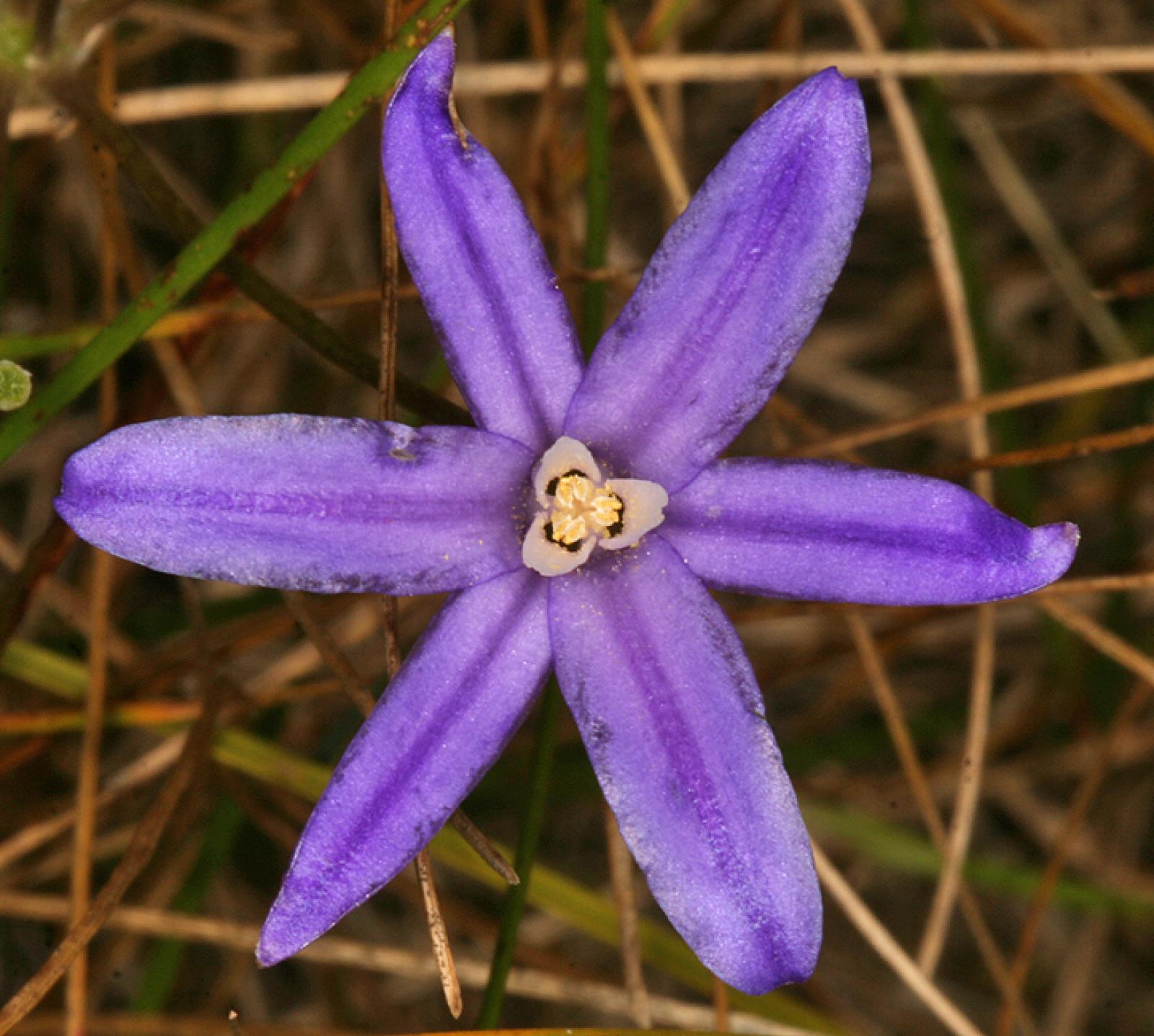
|
Family: Asparagaceae |
Two schools of thought have existed regarding generic limits within the complex of species recognized under Brodiaea, Triteleia, and Dichelostemma: a single large genus (Brodiaea s.l.) with three subgenera (S. Watson 1879; W. L. Jepson 1923-1925; P. A. Munz 1959), or three separate genera (E. L. Greene 1886; R. F. Hoover 1939; G. Keator 1967, 1989, 1993; T. F. Niehaus 1971, 1980). Recent molecular, anatomical, and developmental evidence supports neither of these views. Bloomeria is related to Triteleia, and Brodiaea is closely related to Dichelostemma, with the only hexandrous species, D. capitatum, being sister to the rest of the three-staminate Brodiaea/Dichelostemma clade (R. Y. Berg 1978, 1996; J. C. Pires 2000). This recent evidence also suggests that the sections presently established within Brodiaea are in need of revision; thus a sectional classification is not utilized in this treatment (R. F. Hoover 1939b; T. F. Niehaus 1971; J. C. Pires 2000). Two schools of thought have existed regarding generic limits within the complex of species recognized under Brodiaea, Triteleia, and Dichelostemma: a single large genus (Brodiaea s.l.) with three subgenera (S. Watson 1879; W. L. Jepson 1923-1925; P. A. Munz 1959), or three separate genera (E. L. Greene 1886; R. F. Hoover 1939; G. Keator 1967, 1989, 1993; T. F. Niehaus 1971, 1980). Recent molecular, anatomical, and developmental evidence supports neither of these views. Bloomeria is related to Triteleia, and Brodiaea is closely related to Dichelostemma, with the only hexandrous species, D. capitatum, being sister to the rest of the three-staminate Brodiaea/Dichelostemma clade (R. Y. Berg 1978, 1996; J. C. Pires 2000). This recent evidence also suggests that the sections presently established within Brodiaea are in need of revision; thus a sectional classification is not utilized in this treatment (R. F. Hoover 1939b; T. F. Niehaus 1971; J. C. Pires 2000). Polyploidy and ecological specialization to serpentine and other unique substrates is common in Brodiaea, resulting in several rare and endangered species. Eleven of the fourteen species are restricted to California, where the flowering date is highly dependent on the amount of moisture in the early spring. Several species are exceedingly variable. Corms of some species were eaten by native Americans. Polyploidy and ecological specialization to serpentine and other unique substrates is common in Brodiaea, resulting in several rare and endangered species. Eleven of the fourteen species are restricted to California, where the flowering date is highly dependent on the amount of moisture in the early spring. Several species are exceedingly variable. Corms of some species were eaten by native Americans. Among the most important diagnostic characters within Brodiaea are features of the androecium, particularly the size and shape of the staminodia and apical filament appendages. These characters are easily seen with a hand lens in the field. When collecting flowering specimens, one should make a point of mounting a few dissected flowers in a manner that displays these critical characters.
|
This project was made possible in part by the Institute of Museum and Library Services [MG-70-19-0057-19].
Powered by Symbiota



